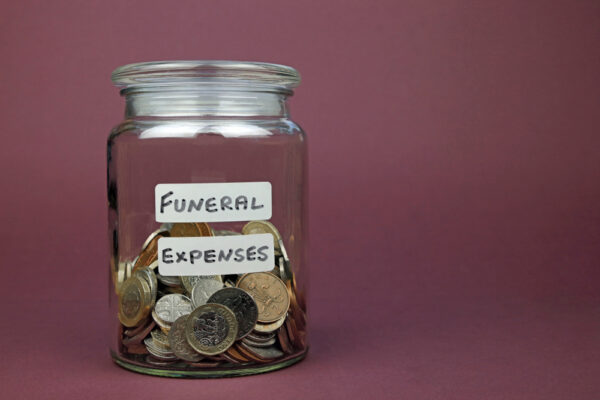
Frequently Asked Questions
1. What should I do if my essential expenses are consistently higher than my fixed income?
If after cutting all non-essential spending your budget still does not balance, it is time to look at bigger solutions. This might include exploring options for lowering your housing costs, such as downsizing or applying for senior housing programs. You can also contact a non-profit credit counseling agency for a free consultation. They can help you review your debt and create a manageable plan.
2. How should I budget for a large, one-time expense like a new furnace or a major car repair?
This is where a “sinking fund” is invaluable. A sinking fund is a savings account you contribute to regularly for a specific, future expense. For example, if you know you will need a new roof in five years that will cost $10,000, you would save about $167 per month ($10,000 / 60 months). This proactive approach turns a potential financial crisis into a manageable, planned expense.
3. Are budgeting apps on my smartphone safe for seniors to use?
Many budgeting apps are safe, but it is wise to be cautious. Stick to well-known, reputable apps from major financial companies. Avoid apps that ask for sensitive information like your full Social Security number. For many seniors, a simple pen-and-paper system or a basic spreadsheet is just as effective and feels more secure. The best system is the one you will consistently use.
4. How much cash should I keep in my emergency fund?
The standard advice is to have 3 to 6 months’ worth of essential living expenses in a separate, high-yield savings account. Essential expenses are what you absolutely must pay each month: housing, food, transportation, utilities, and healthcare. For retirees on a fixed income, aiming for the higher end (6 months) provides a greater sense of security against unexpected financial shocks.
5. My spouse and I have very different spending habits. How can we create a budget that works for both of us?
This is a common challenge. The key is open communication and shared goals. Sit down together to discuss what you both want your retirement to look like. Agree on a budget for shared expenses (household bills, groceries, etc.) that you both contribute to. Then, consider allocating a certain amount of “personal spending” or “fun money” to each of you every month. This money is yours to spend as you wish, no questions asked, which can reduce financial friction and give each partner a sense of autonomy.
For expert guidance on senior health and finance, visit Social Security Administration (SSA), Consumer Financial Protection Bureau (CFPB) and Administration for Community Living (ACL).
|
Fact-Checked Content
Our editorial team reviews all content for accuracy and updates it regularly. Learn about our editorial process →
|


















